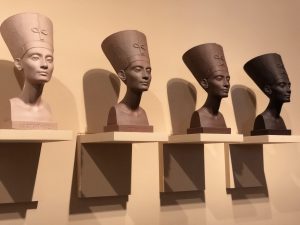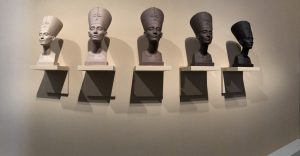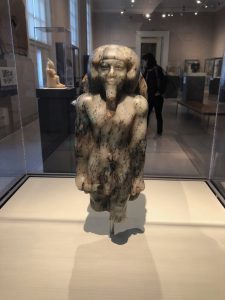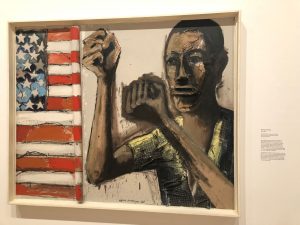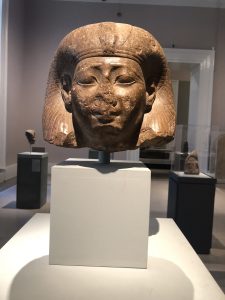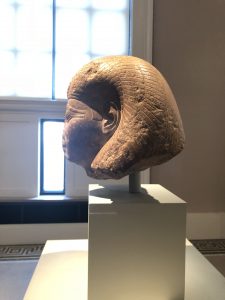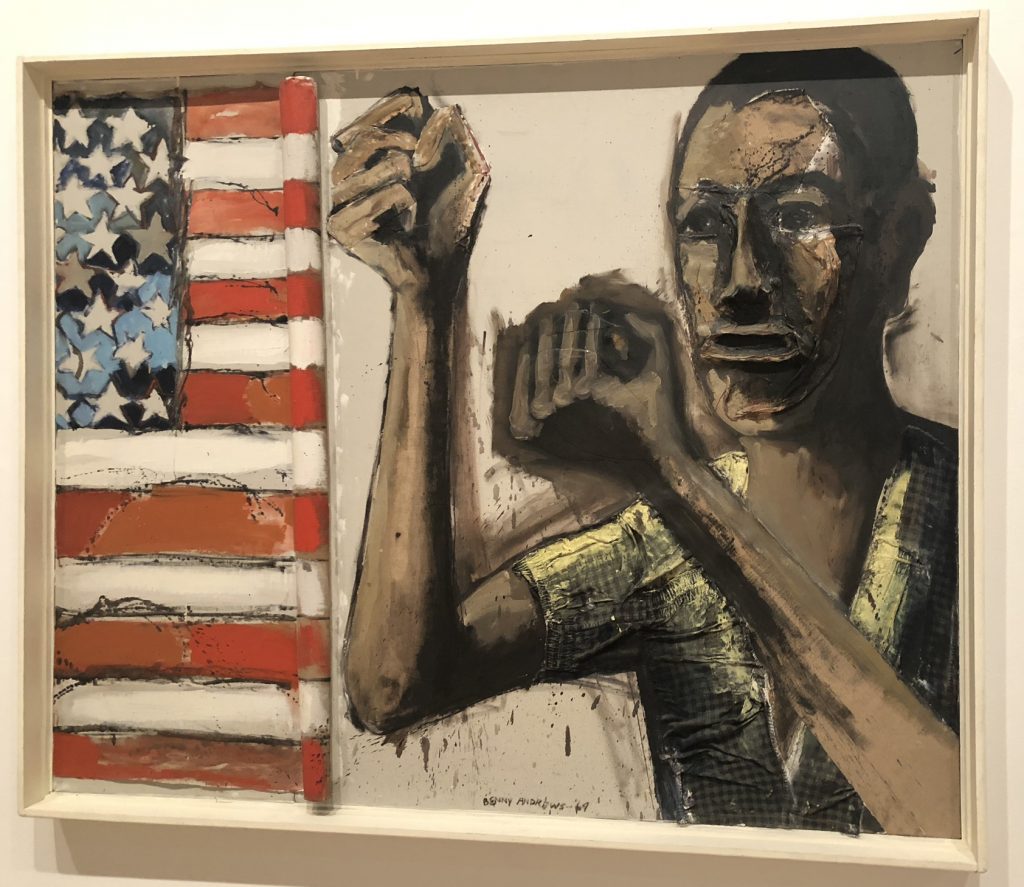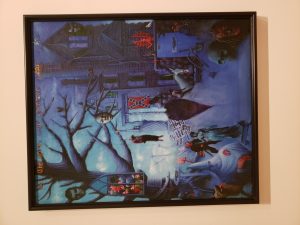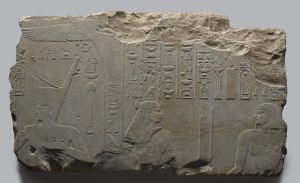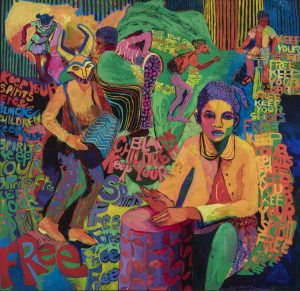Another piece of artwork that caught my attention was Wadsworth A. Jarrell’s Revolutionary painting, which can be found at the Soul of a Nation Exhibition located in the Morris A. and Meyer Schapiro Gallery. The reason that I choose this particular painting over the other art works such as The First One Hundred Years is due to the beautiful warm colors, and the slight use of cold colors that the artist used in the painting. I found his diverse use of colors clever since black people are always referred to as colored people, but instead of portraying it as something bad and something to be ashamed off Jarrell portrays it as something beautiful and something that black people should embrace and be proud of. From a distance the painting seems to represent a figure of a man or woman but once I walked towards the painting and got a closer look I was able to notice that the figure in the painting was actually made up of words and phrases. Some of the words and phrases that make up the figure of the person in the painting are “Revolution”, “Black”, “Resistor”, “I have given my life to the struggle”, and “If I have to lose my life in the struggle that is the way it will have to be”. After observing these and many other phrases that can be found within the painting I was able to draw the conclusion that Jarrell was trying to represent and convey the idea of Black Power in his art work.
After doing some research about the painting I was able to learn that the figure that was created by the words and phrases in the painting is Angela Davis. Angela Davis was a professor and an activist of gender, race, and economic justice. The painting itself is a direct reference to a photograph of Davis at a rally during the 1970s. I was also able to learn that all the words and phrases used in the painting are fragments of speeches she had given before. Not only is Jarrell able to convey the idea of lack power in his painting but by making it based of a female activist instead of a male activist he is also able to portray the idea of gender equality. Similar to Fred Wilson’s Grey Area (Brown Version), Jarrell uses a women in his artwork to show that they are equal to men not only in politics, but in other aspects of life as well.


